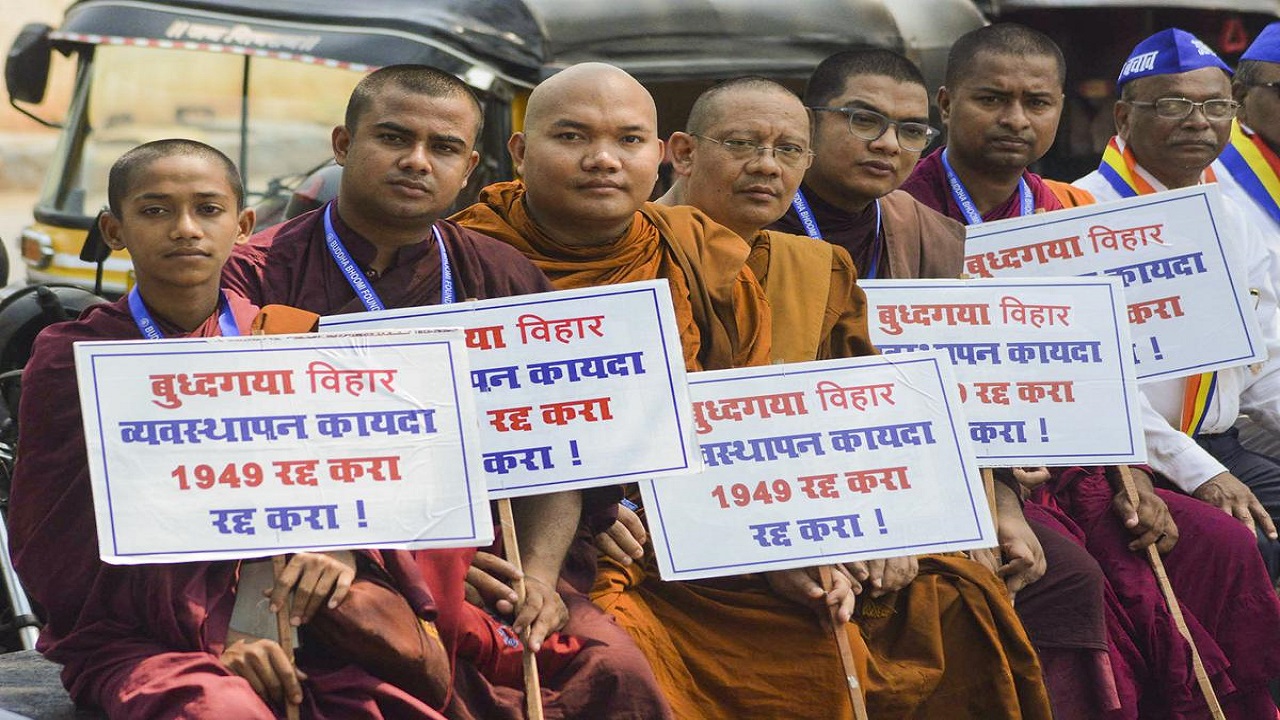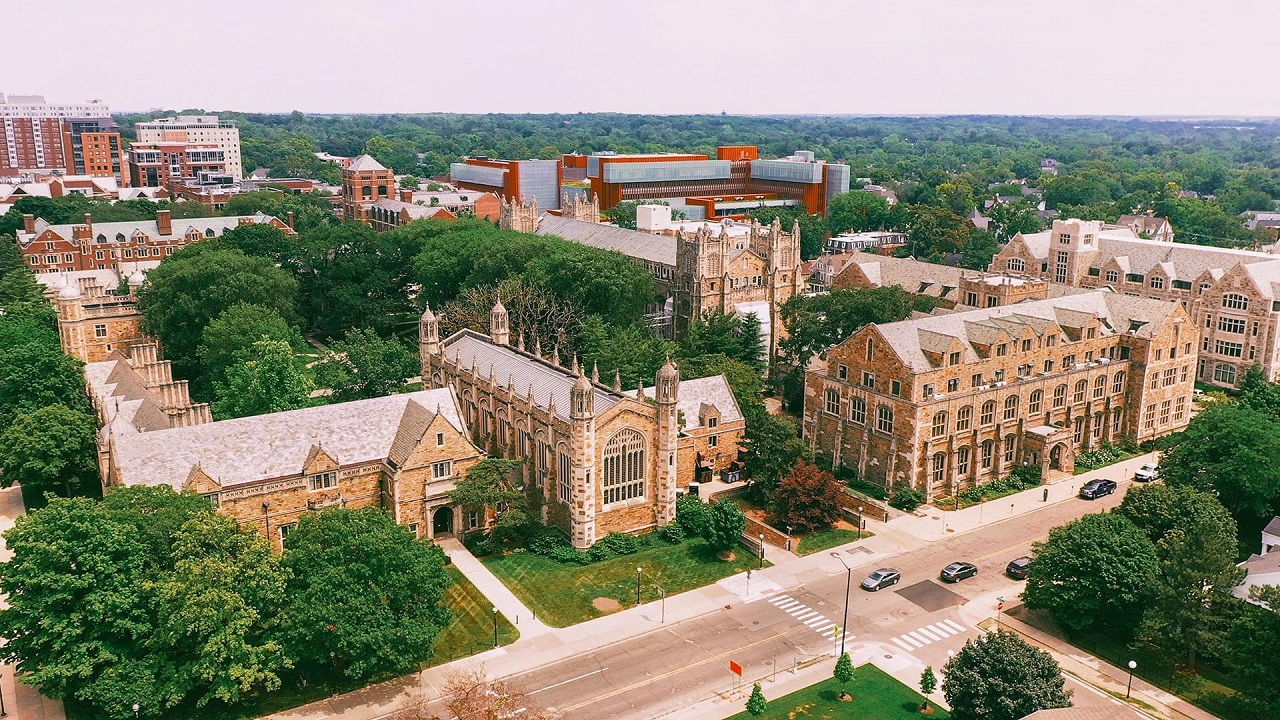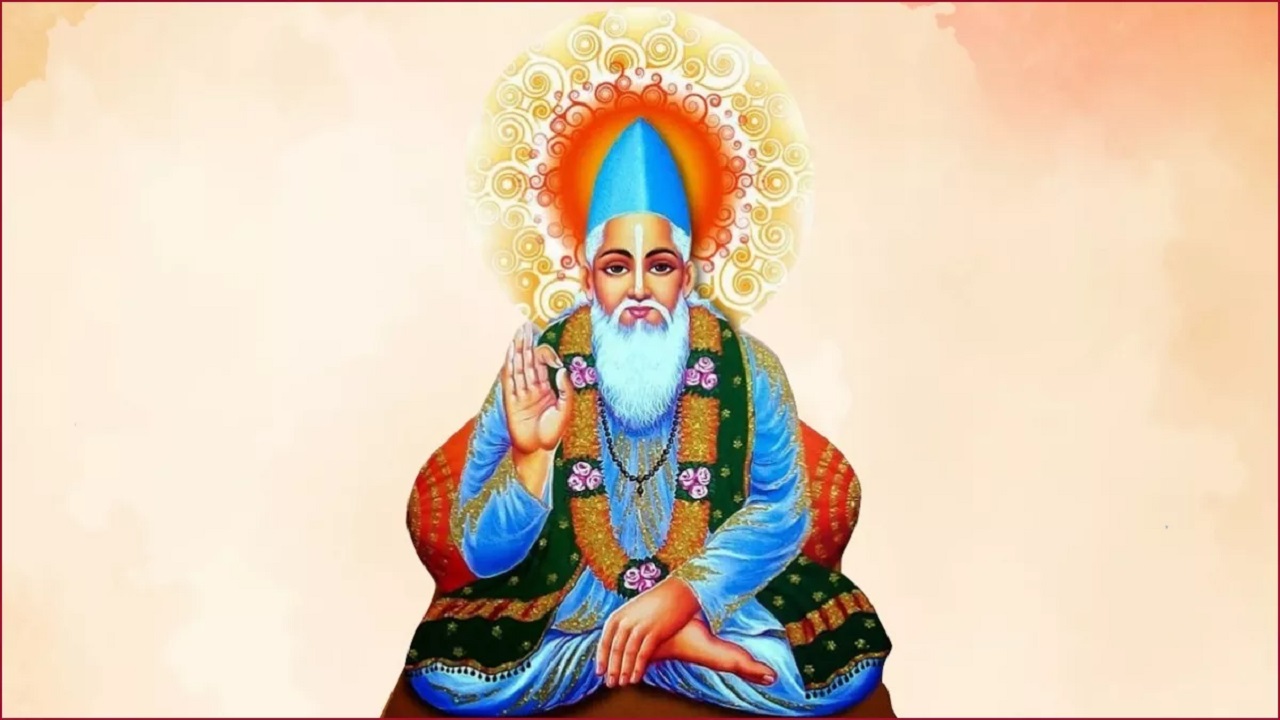Bodh Gaya Temple Act (BTA), 1949: Legal, Historical, and Religious Dimensions
Context
-
The Mahabodhi Temple in Bodh Gaya, Bihar, is one of the most sacred Buddhist sites, marking the spot where Gautama Buddha attained Enlightenment.
-
The Bodh Gaya Temple Act (BTA), 1949, was enacted to regulate the temple’s management and resolve disputes between Hindus and Buddhists.
-
However, the structure of the management committee, particularly the role of the District Magistrate (DM) as chairperson, has led to persistent demands from Buddhist organizations for exclusive control.
Key Provisions of the BTA, 1949
-
Established an eight-member management committee to oversee the temple’s administration.
-
Equal representation was given to Hindus and Buddhists, but the DM of Gaya was made the ex-officio chairperson.
-
Since the DM was historically from the Hindu community, it led to the perception of Hindu dominance in temple administration.
-
Buddhist organizations have long demanded full control over the temple, calling it Bodh Gaya Mahavihara instead of a shared religious site.
Historical Background of the Dispute
Ancient Period
-
Emperor Ashoka built the original Mahabodhi Temple in the 3rd century BCE.
-
The site remained a major Buddhist center until the Pala dynasty (8th–12th centuries CE).
Medieval Period (13th Century Onwards)
-
The invasion of Bakhtiyar Khilji led to the decline of Buddhism in India.
-
In 1590, a Hindu monk established the Bodh Gaya Mutt, leading to Hindu custodianship of the temple.
Colonial Period
-
British-era records recognized Bodh Gaya as a Hindu-controlled site, further strengthening Hindu claims over temple administration.
Post-Independence (1949)
-
The Bihar Assembly passed the BTA, formally transferring temple control to a new joint management committee instead of a single Hindu authority.
Government Interventions and Amendments
-
BTA, 1949: Aimed to balance the interests of Hindus and Buddhists in temple administration.
-
2013 Amendment: Allowed the ex-officio chairman (DM) to be from any religion, reducing Hindu dominance in administration.
-
Early 1990s – Bodh Gaya Mahavihara Bill:
-
Proposed by Bihar CM Lalu Prasad Yadav to transfer temple management exclusively to the Buddhist community.
-
Suggested banning Hindu idol immersions and Hindu marriages within the temple premises.
-
Never passed and remains in cold storage.
-
The Mahabodhi Temple Complex: A Sacred Buddhist Site
-
One of the four holiest sites in Buddhism, marking Buddha’s Enlightenment.
-
Other sacred Buddhist sites:
-
Lumbini (Buddha’s birthplace)
-
Sarnath (Buddha’s first sermon)
-
Kushinagar (Buddha’s parinirvana)
-
-
Location: Bodh Gaya, Bihar, on the banks of the Niranjana River.
-
UNESCO World Heritage Site: Declared in 2002.
Architectural Features of the Mahabodhi Temple
-
Grand Temple Structure:
-
A 50-meter-high pyramidal shikhara (tower) with intricate carvings and arch motifs.
-
Four smaller towers, each topped with an umbrella-like dome, surround the central temple.
-
-
Sacred Bodhi Tree:
-
Believed to be a direct descendant of the original Bodhi Tree, under which Buddha attained Enlightenment.
-
-
Vajrasana (Diamond Throne):
-
A stone slab marking the exact spot of Buddha’s meditation.
-
-
Temple Shrine:
-
Houses a yellow sandstone statue of Buddha, encased in glass.
-
-
The 8-hectare complex includes ancient shrines and modern Buddhist structures built by devotees from around the world.
Conclusion
The Bodh Gaya Temple Act, 1949, was enacted to formalize temple administration, but it has failed to fully resolve disputes between Hindu and Buddhist communities. With growing international attention on Buddhist heritage, the demand for Buddhist-exclusive control remains strong. Future policy decisions may need to revisit the governance structure to ensure fair representation and religious harmony.




Comments (0)